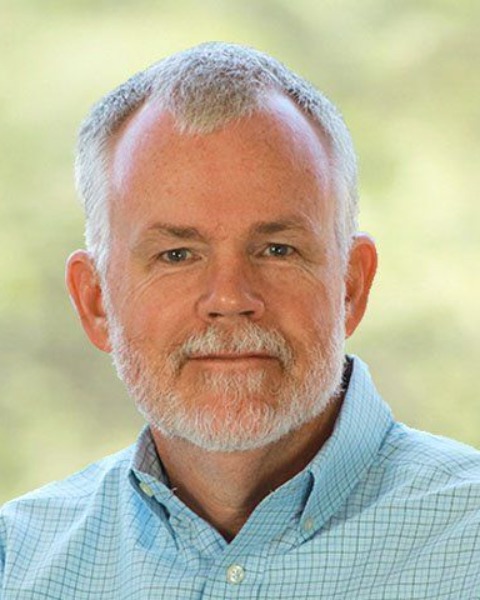Session: Topic Tables
T11 - Topic Table 11: Hydraulic Modeling Beyond 1D
Wednesday, September 24, 2025
10:30 AM - 12:00 PM ET
Location: Huntington Convention Center of Cleveland, Hall B

Jeffery G. Powers
Associate Vice President
Hazen and Sawyer
Glen Alen, Virginia
Facilitator(s)
This Topic Table will encourage discussion among attendees on their experiences and thoughts regarding hydraulic modeling. A variety of software is used in our field, from 1D to 3D modeling, each with its own advantages and disadvantages. Discussions at this session may cover how to select the appropriate type of model, best practices for building a model, and the accuracy and limitations of model results. Whether you’re new to the world of hydraulic modeling or a seasoned veteran, join this Topic Table to help forward the conversation on how hydraulic modeling is used in the Dam Safety community.
Learning Objectives:
- How do you decide when to use 1D, 2D, or 3D modeling?
- What software currently exists for hydraulic modeling?
- What models have you used? What advantages or disadvantages did you notice?
- How do you determine what results you need to accomplish the project purpose?
- When can you make the model less complex? What are some best practices to make a model more accurate?
- How do you run a sensitivity analysis on the model?
- How do you coordinate a benchmarking review?
- What are the best practices for obtaining and processing data to input into the model?
- When is it more efficient to preprocess the data within GIS than in the hydraulic model?
- What type of post-processing or conditioning of data can/should you do before publishing model results?
